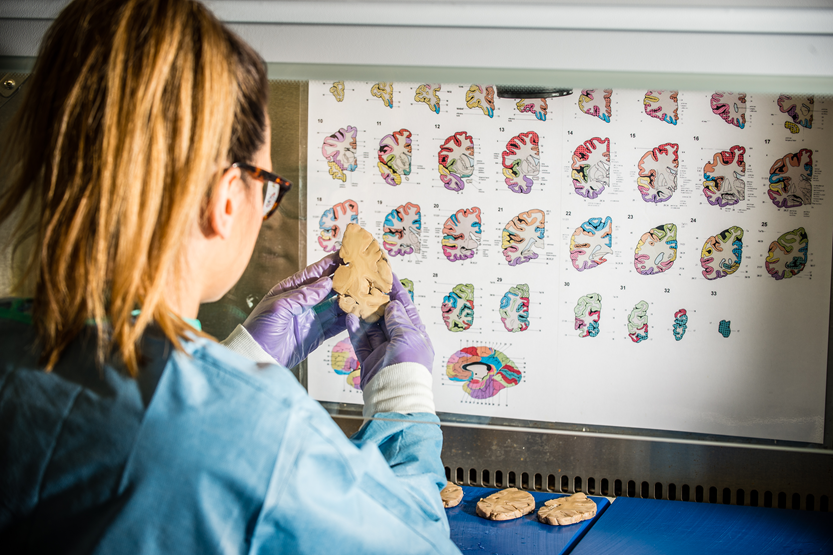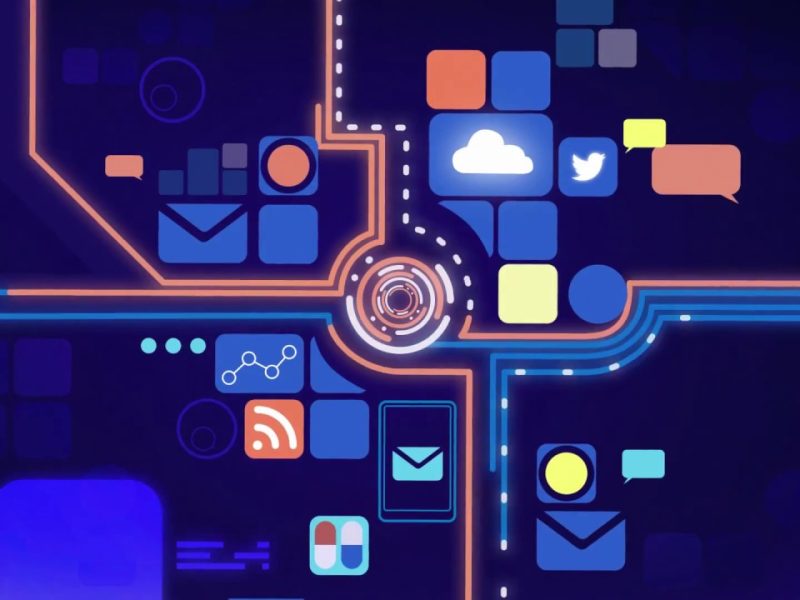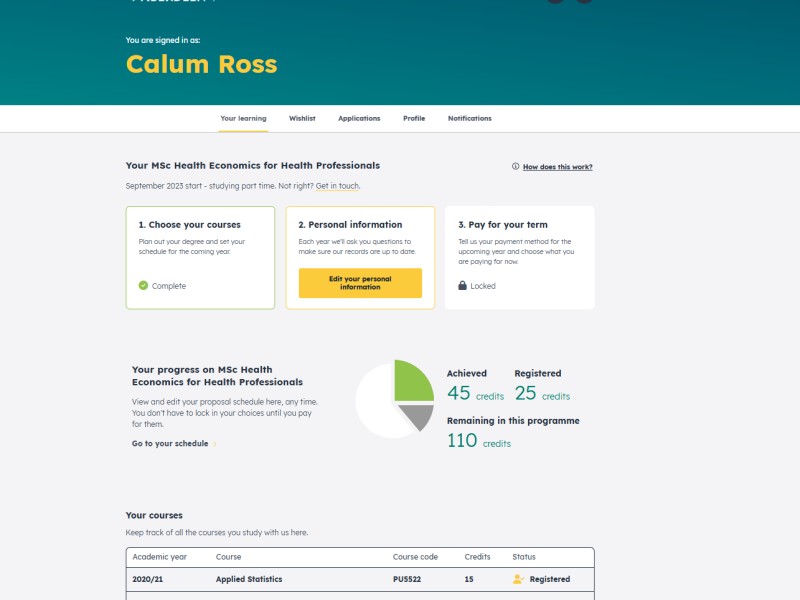Database holding complex metadata about tissue samples
- Client
- Newcastle Brain Tissue Resource
- Technologies
- Complex data, Medical research, Administrative

19 +
Years of operation
3,400+
Donors
150,000
Tissue samples
32
Research projects supplied with samples in 2024
What our client needed
The NBTR team wanted to be able to store complex anatomical data about their brain samples. Each donated brain is dissected and either fixed or frozen. Requests for tissue from medical researchers might request specific cortical areas and/or Brodmann areas and/or coronal levels.
A large number of samples are produced from each brain and the team wanted a way of speeding up the process of entering all the relevant metadata for each sample – while also ensuring the accuracy of the data.
Challenges
The relationship between the different ways of defining parts of the brain is highly complex. Our developers had to find a way to allow the NBTR team to efficiently enter information about the samples produced by the dissection process which would label them with all types of meta data.
Up until 2005, data had been collected in an Access database. Abbreviated notes described which parts of samples had been used in research. Understanding and extracting the data from this database and normalising it into a scalable and searchable form required close collaboration.
We also had to provide a search interface to allow samples to be found matching any combination of the different ways of defining which parts of the brain, as well as the type of preservation and case details.
How we were able to deliver it
We came up with a data structure that allowed us to model the relationships between cortical areas, Brodmann areas and coronal levels.
The NBTR team have a number of standard protocols for dissection. We provided them with a way of defining the expected outcome of each protocol as a set of samples produced. Our model could pre-populate the metadata for each sample based on the protocol and dissection details. On a case by case basis, the team can then adjust the data if needed to match the individual characteristics.
For the search interface we effectively provided a map which can be filtered by coronal level, and which then shows which Brodmann areas could possibly be present within each cortical area. The team can then make appropriate selections to match the tissue request and a list of samples that match these will be returned.
In 2024 NBTR supplied 4152 samples for 32 different research projects to academic and commercial researchers based both in the UK and across the globe for dementia related research.
Client’s thoughts
Our current system still seems by far the best available for our purpose so well done there.


